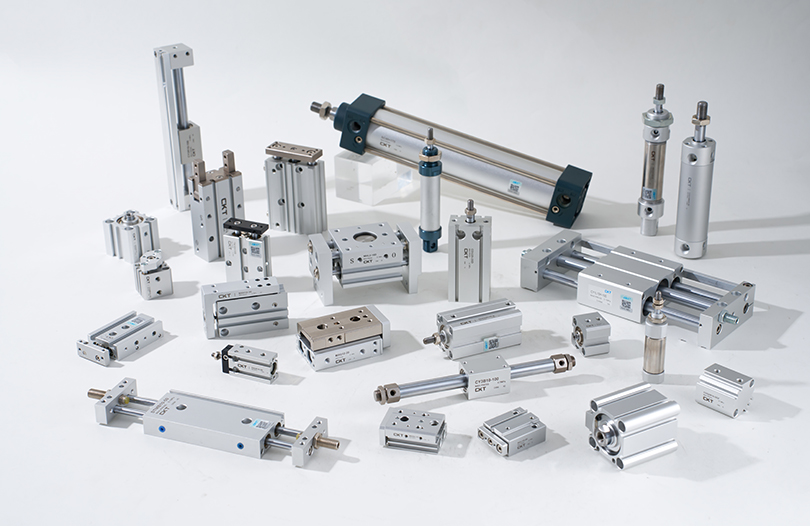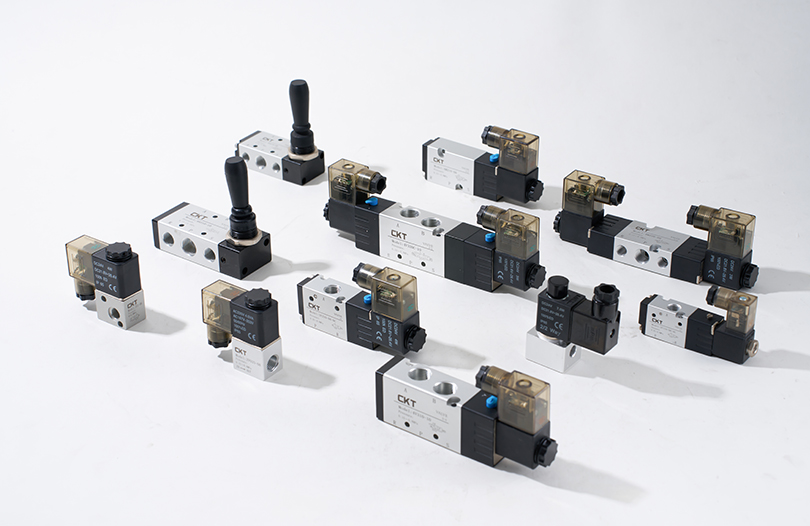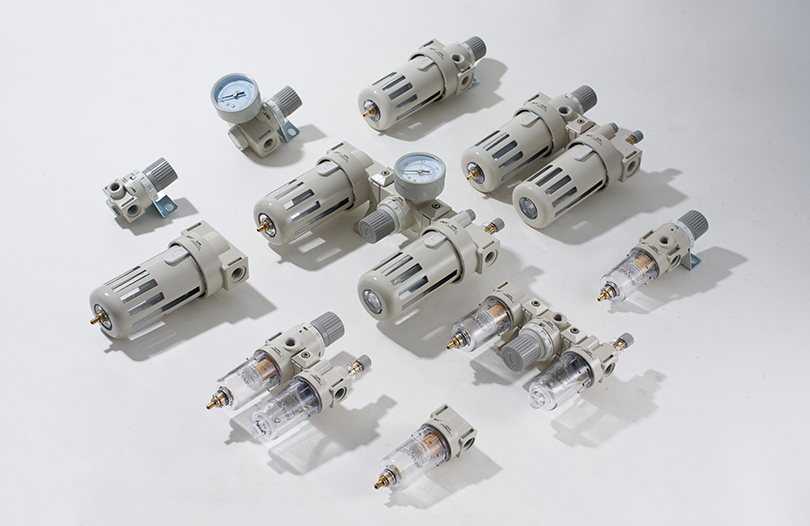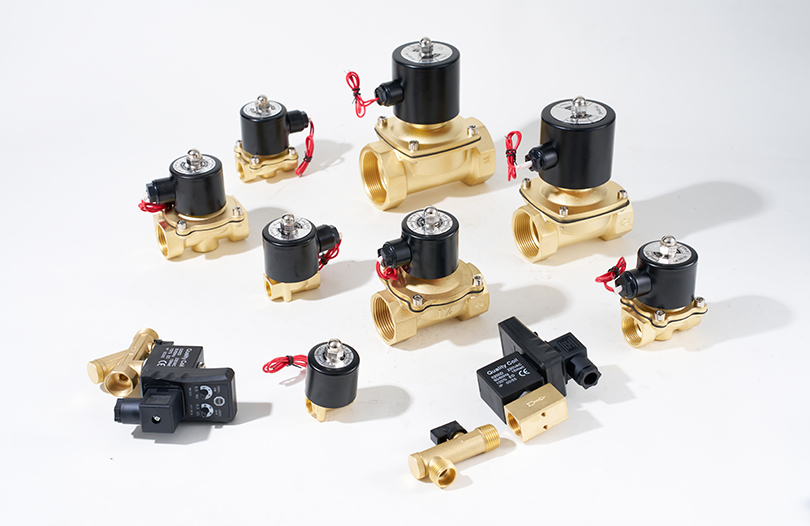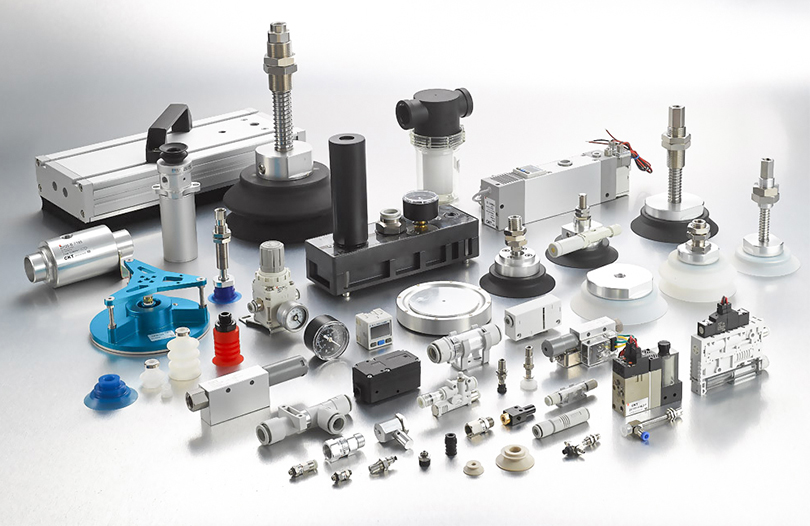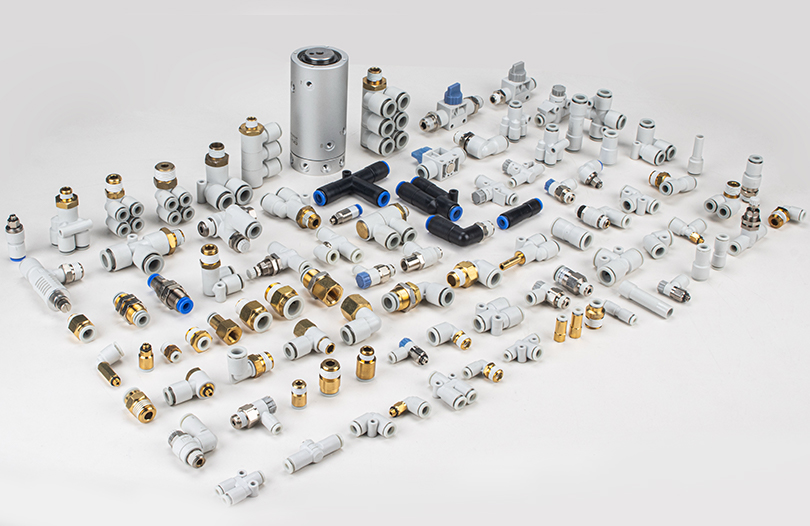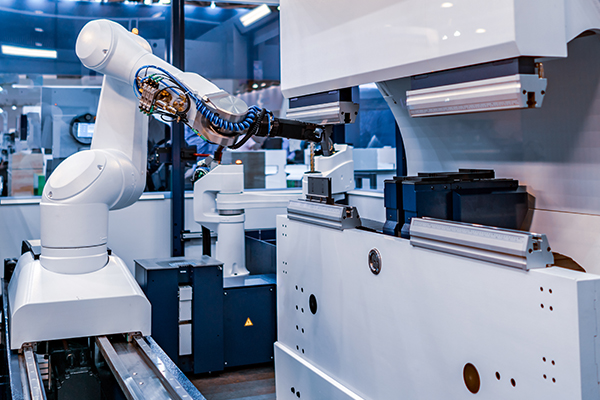Content
How to Match Pneumatic Components of Different Pressure Levels?
This section elaborates on the importance of matching pneumatic components with different pressure levels, laying the groundwork for the subsequent discussion on key matching factors. It emphasizes that improper matching may lead to system inefficiency, component damage, or even safety hazards, highlighting the necessity of scientific matching methods.
What Key Factors Should Be Considered During Matching?
Operating Pressure: How to Achieve Precise Matching?
It introduces the operating pressure ranges of different types of pneumatic components (such as cylinders, valves, and air motors). It explains how to determine the appropriate pressure level based on actual working conditions (including load requirements, speed demands, and environmental temperatures). For example, high-pressure components are not suitable for low-pressure systems as they may fail to operate normally, while low-pressure components used in high-pressure systems risk cracking or leakage.
Flow Requirements: How to Achieve Supply-Demand Balance?
This part clarifies the role of flow in pneumatic systems—sufficient flow ensures that components can operate at the designed speed and power. It analyzes how to calculate the flow demand of the entire system by considering the flow consumption of each component. It also points out that mismatched flow (either insufficient or excessive) can cause problems like slow component operation, unstable performance, or energy waste. Practical calculation methods, such as referring to component specification sheets and accounting for pressure losses in pipelines, are provided.
Material and Strength: How to Meet Pressure Requirements?
It discusses the key points of material selection for pneumatic components under different pressure conditions. For instance, high-pressure systems often require components made of high-strength materials like stainless steel or reinforced aluminum alloys, while low-pressure systems can use ordinary aluminum or engineering plastics. It explains the relationship between material strength and pressure-bearing capacity, noting that insufficient material strength may result in component deformation or rupture under pressure, thus affecting the overall system reliability.
What Sealing Details Should Be Paid Attention to During Installation?
Sealing Materials: How to Make the Right Selection?
It lists common sealing materials, including nitrile rubber (NBR), fluororubber (FKM), ethylene propylene diene monomer (EPDM), and polytetrafluoroethylene (PTFE). It analyzes the characteristics of each material—such as NBR’s good oil resistance but poor high-temperature tolerance, and FKM’s excellent high-temperature and chemical resistance—and their applicable scenarios. It guides readers to select matching sealing materials based on factors like system pressure, medium type (air, oil, or corrosive gases), and operating temperature to ensure effective sealing.
Sealing Surface Treatment: What Are the Key Points?
This section explains the requirements for sealing surface treatment, including cleanliness and flatness. It states that dust, oil stains, or burrs on the sealing surface can damage the sealing material and cause leakage. It provides correct treatment methods and steps, such as using clean rags to wipe the surface, removing burrs with fine sandpaper, and checking the flatness with a straightedge. It also warns that non-standard treatment may lead to uneven pressure distribution on the sealing surface, reducing the sealing effect.
Installation Methods: What Principles Should Be Followed?
It introduces the correct methods and sequences for installing seals—for example, ensuring that the seal is properly aligned with the sealing groove, using appropriate tools (such as installation sleeves) to avoid scratching the seal, and controlling the installation force to prevent over-compression or under-compression. It emphasizes the precautions to avoid seal damage during installation, such as not using sharp tools and not twisting the seal. It also illustrates that incorrect installation (like reversed seal direction or uneven compression) can lead to serious leakage issues.
What Are the Common Sealing Problems and Their Solutions?
Leakage Issues: How to Inspect and Resolve Them?
It analyzes common causes of leakage, such as aging or wear of sealing materials, improper installation, and damage to sealing surfaces. It provides inspection methods for different causes—for example, using soapy water to detect leak points, checking the seal’s appearance for cracks or deformation, and verifying the installation position of the seal. Corresponding solutions are also offered, such as replacing aging seals, reprocessing damaged sealing surfaces, and reinstalling seals according to standard procedures.
Short Service Life of Seals: What Are the Causes?
It explores the factors that shorten the service life of seals, including pressure shocks (sudden pressure increases or decreases), medium corrosion (corrosive gases or oils), and high temperatures beyond the material’s tolerance. It gives suggestions and methods to extend the seal’s service life, such as installing pressure relief valves to reduce pressure shocks, selecting corrosion-resistant sealing materials for special media, and adding cooling devices to control the system temperature.
Summary: Review of Key Points
This section summarizes the key points of matching pneumatic components with different pressure levels and sealing during installation. It reemphasizes the importance of following correct methods and paying attention to details to ensure the stability, efficiency, and safety of the pneumatic system. It encourages relevant practitioners to attach great importance to these issues in practical applications and continuously optimize the matching and installation processes.




